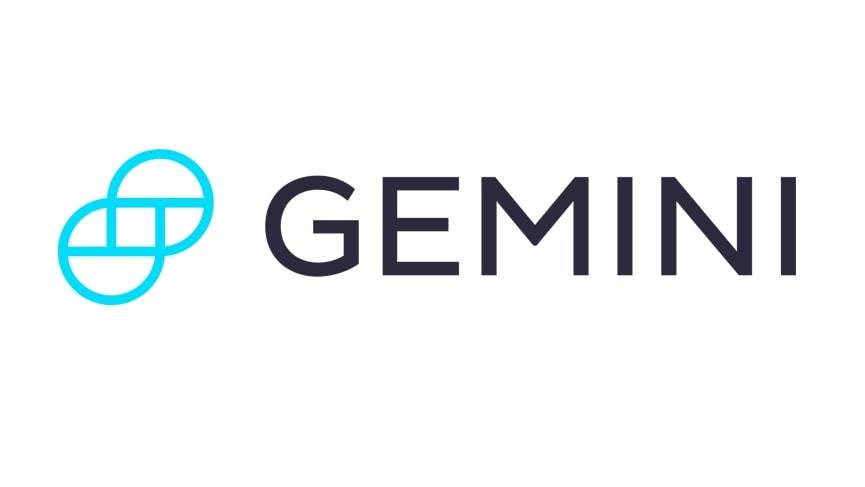
Even as the global economy has shown signs of recovery, gold demand worldwide remains robust. Experts believe that with constrained supply, demand for gold will continue to remain strong across multiple sectors and geographies. See the following article from Commodity Online for more on this.
Should investors fear a bubble in gold price? No, there is nothing to worry on gold investment and corrections in the price of gold should not be viewed as bubbles that would burst, says the World Gold Council (WGC).
Saying that gold investment demand across the world remains robust, WGC top officials said that suggestions of a gold price ‘bubble’ do not take account of gold’s market fundamentals.
Try Gemini Today! 123
The Gemini Exchange makes it simple to research crypto market, buy bitcoin and other cryptos plus earn Up to 8.05% APY!
“The gold price has been building steadily for nine consecutive years, ending 2009 25% higher than on 31 December 2008 at US$1087.50/oz. The PM gold fix in London on Monday 1 February, 2010 was US$1086.50/oz,” said Aram Shishmanian, Chief Executive Officer, World Gold Council.
According to him, the sustained break in gold price above the key $1000/oz level came in early September, with record highs being tested repeatedly over the remainder of 2009. “The current trading range should not be regarded as an overnight spike, but the result of a measured rise, supported by favourable and robust gold fundamentals,” he said.
Marcus Grubb, Managing Director, Investment, World Gold Council on gold demand: “Investor flows, more specifically from western markets, have provided a key means of support during the course of the credit crisis as investors sought to diversify their exposures to other assets and protect their wealth against the current ravages of the global economy as well as future market shocks. These western investor flows appear to have remained resilient even as the global economy has shown signs of recovery.
Furthermore, evidence suggests that even the more tactical elements active in the gold market are being firmly driven by positive sentiment toward gold’s fundamentals. Further price support was provided by a progressive recovery in jewelery demand after a pressured first quarter.
“The diversity in gold demand cited above is expected to continue across multiple sectors and geographies. It is this diversity which has helped insulate the precious metal from shocks impacting other assets. More tangible signs of economic recovery in the second half of 2009, especially in developing economies, also continue to provide support to the gold price”.
Aram Shishmanian said on gold supply: “Robust demand should also be viewed in the context of constrained supply. Significant drivers of the gold price were also apparent on the supply side in 2009. Traditionally, central banks have been suppliers of gold, but this is starting to change. Over the course of 2009, the market saw a structural shift in central bank reserve management as western central banks slowed gold sales and developing nations added to their gold reserves. Other factors contributing on the supply side were sizeable pockets of de-hedging activity, although most major producer hedge books have now been unwound, and a reduction in the supply of recycled gold to market from the extremely high levels seen in the first quarter of 2009”.
This article has been republished from Commodity Online. You can also view this article at Commodity Online, a commodity news and analysis site.


